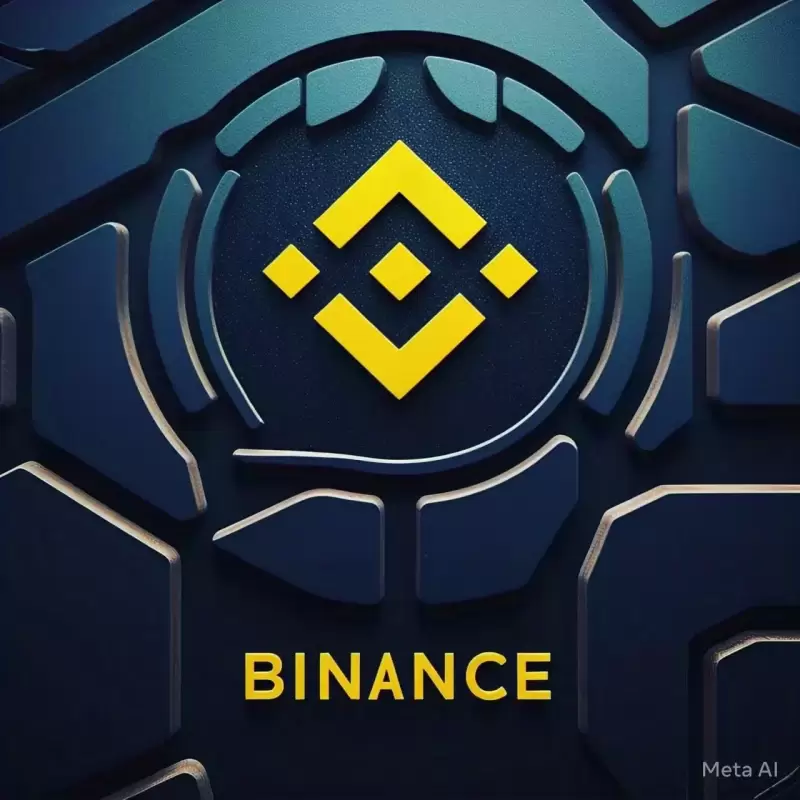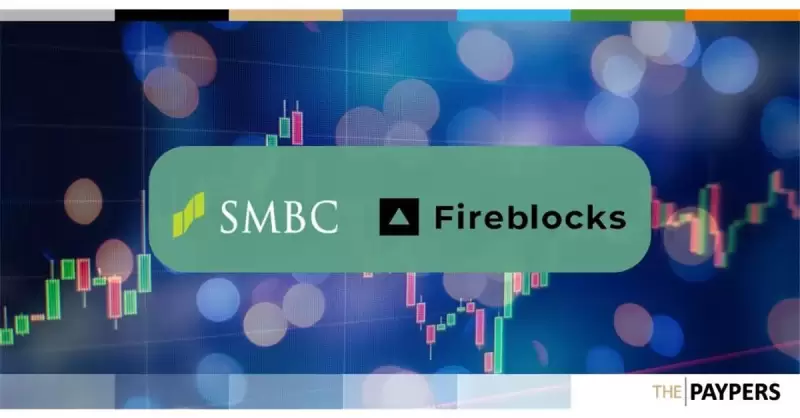 |
|
 |
|
 |
|
 |
|
 |
|
 |
|
 |
|
 |
|
 |
|
 |
|
 |
|
 |
|
 |
|
 |
|
 |
|
2015年,Kay Woo從紐約搬到香港後開始了他的旅遊行業之旅。

Kay Woo, the founder of TADA, a blockchain-based ride-hailing service, shares his entrepreneurial journey and the challenges and triumphs he encountered along the way.
基於區塊鏈的叫車服務 TADA 的創始人 Kay Woo 分享了他的創業歷程以及一路上遇到的挑戰和勝利。
After moving from New York to Hong Kong in 2015, Kay initially launched a cross-border car reservation service. However, with major players like Uber and Grab struggling to turn a profit, investors were hesitant to back new entrants in the ride-hailing space.
2015年從紐約搬到香港後,Kay最初推出了跨國汽車預訂服務。然而,由於 Uber 和 Grab 等主要參與者難以扭虧為盈,投資者對於支持叫車領域的新進業者則猶豫不決。
In 2018, Kay introduced a new protocol called MVL (Mass Vehicle Ledger) and chose Singapore as the first market to launch TADA, combining blockchain technology with ride-hailing. The timing was opportune as Uber had just merged its Southeast Asian operations with Grab, creating a near-monopoly in the region.
2018年,Kay推出了名為MVL(Mass Vehicle Ledger)的新協議,並選擇新加坡作為第一個推出TADA的市場,將區塊鏈技術與叫車結合。這個時機恰逢其時,因為 Uber 剛剛將其東南亞業務與 Grab 合併,在該地區形成了近乎壟斷的地位。
TADA's unique selling proposition was its 0% commission model for drivers, made possible by blockchain and token economics. This approach allowed TADA to attract drivers and offer cheaper fares to customers while still growing its ecosystem.
TADA 獨特的銷售主張是透過區塊鏈和代幣經濟學為駕駛者提供 0% 佣金模式。這種方法使 TADA 能夠吸引司機並為客戶提供更便宜的票價,同時仍能發展其生態系統。
Initially, TADA focused on acquiring drivers, leveraging the appeal of the 0% commission model. However, attracting users proved challenging as many were already locked into existing platforms like Grab. The COVID-19 pandemic provided an unexpected boost to TADA's growth. As overall demand for ride-hailing services decreased, drivers looked for platforms with better earning potential, and users sought cheaper options. This alignment of needs helped TADA gain market share.
最初,TADA 專注於利用 0% 佣金模式的吸引力來獲取司機。然而,事實證明吸引用戶具有挑戰性,因為許多用戶已經鎖定在 Grab 等現有平台上。 COVID-19 大流行為 TADA 的成長提供了意想不到的推動。隨著叫車服務整體需求下降,駕駛開始尋找具有更好獲利潛力的平台,而使用者則尋求更便宜的選擇。這種需求的一致性幫助 TADA 獲得了市場份額。
While TADA doesn't charge commissions, it generates revenue through a platform fee of 60 cents per trip, similar to the “software usage fee” implemented by competitors. This fee has made the company profitable. Additionally, TADA uses a portion of its revenue to buy back its MVL tokens from the market and redistribute them to drivers as incentives.
雖然 TADA 不收取佣金,但它透過每次行程 60 美分的平台費產生收入,類似於競爭對手實施的「軟體使用費」。這筆費用使公司獲利。此外,TADA 使用其部分收入從市場上回購 MVL 代幣,並將其重新分配給司機作為激勵。
The MVL token can be used to redeem service vouchers for ride-hailing and to pay for battery swapping services for electric vehicles in Cambodia. About 70% of the total token supply is in circulation, with the remaining 30% held by the foundation.
MVL代幣可用於兌換乘車服務券以及支付柬埔寨電動車電池更換服務的費用。代幣供應總量的約 70% 處於流通狀態,其餘 30% 由基金會持有。
After Singapore, TADA expanded into Cambodia, identifying it as a promising market due to its developed capital city and the prevalence of smartphone-based ride-hailing. In Cambodia, TADA noticed that most taxis were three-wheeled vehicles imported from India. This observation led to the company's next venture: manufacturing electric three-wheelers.
繼新加坡之後,TADA 又進軍柬埔寨,認為柬埔寨是一個充滿前景的市場,因為該國首都發達且基於智慧型手機的叫車服務十分普及。在柬埔寨,TADA 注意到大多數計程車都是從印度進口的三輪車輛。這項觀察導致了公司的下一個冒險:製造電動三輪車。
TADA launched Onion Mobility to produce electric three-wheelers (tuk-tuks) in Cambodia. This move was driven by several factors:
TADA 推出 Onion Mobility,在柬埔寨生產電動三輪車(嘟嘟車)。這項舉措是由以下幾個因素所推動的:
1. The need to access vehicle movement data for their blockchain ecosystem
1. 需要存取區塊鏈生態系統的車輛移動數據
2. The relatively lower technical barrier to entry for producing two and three-wheelers compared to four-wheeled vehicles
2、兩輪、三輪車生產技術門檻相對四輪車較低
3. The opportunity to address the financial challenges faced by drivers in acquiring vehicles
3. 解決司機購置車輛所面臨的財務挑戰的機會
As of the podcast recording, TADA had delivered over 700 electric three-wheelers in Cambodia over the past two years.
截至播客錄製,過去兩年,TADA 已在柬埔寨交付了 700 多輛電動三輪車。
To help drivers who struggle to obtain loans due to lack of credit history or poor credit scores, TADA introduced a “Rent to Own” program. Drivers can rent the vehicles, work on the TADA platform, pay rental fees, and eventually claim ownership of the vehicle.
為了幫助因缺乏信用記錄或不良信用評分而難以獲得貸款的司機,TADA 推出了「先租後買」計畫。司機可以租賃車輛,在 TADA 平台上工作,支付租賃費用,並最終獲得車輛的所有權。
TADA is also connecting this vehicle financing to Japanese investors. Instead of earning low interest rates from bank accounts, Japanese investors can purchase these vehicles and earn higher returns (5–10%) from the rental income paid by drivers in Cambodia.
TADA 也將這種汽車融資與日本投資者聯繫起來。日本投資者可以購買這些車輛,並從柬埔寨司機支付的租金收入中獲得更高的回報(5-10%),而不是從銀行帳戶賺取低利率。
TADA collects vehicle movement data, including location and condition. While the company doesn't solely rely on selling this data for revenue, it uses the information to provide value-added services. For instance, investors who purchase vehicles through TADA's financing program can access a dashboard showing the driver's income, location data, and driving distance.
TADA 收集車輛移動數據,包括位置和狀況。雖然該公司不僅僅依靠出售這些數據來獲取收入,但它也利用這些資訊提供增值服務。例如,透過 TADA 融資計劃購買車輛的投資者可以存取顯示駕駛員收入、位置數據和行駛距離的儀表板。
Currently, TADA operates as a dApp (decentralized application) token. While they initially planned to move to a layer-one blockchain (either by forking Ethereum or another existing blockchain), they've shifted focus to becoming a sharp application for real-world use cases by connecting with existing blockchain infrastructure.
目前,TADA 作為 dApp(去中心化應用程式)代幣運行。雖然他們最初計劃轉向第一層區塊鏈(透過分叉以太坊或另一個現有區塊鏈),但他們已將重點轉移到透過與現有區塊鏈基礎設施連接來成為現實世界用例的敏銳應用程式。
TADA is preparing to accept crypto payments (USDC and USDT) in Singapore and is exploring integrations with smart wallet services. They're also in discussions with companies like Coinbase and Crypto.com to potentially white-label their wallet and payment gateway services.
TADA 正準備在新加坡接受加密貨幣支付(USDC 和 USDT),並正在探索與智慧錢包服務的整合。他們也正在與 Coinbase 和 Crypto.com 等公司進行討論,以期可能為其錢包和支付網關服務貼上白標標籤。
TADA is currently operating in Thailand, Cambodia, and Vietnam. They plan to expand to Hong Kong in the fourth quarter of this year, with Korea, Japan, and New York in the pipeline for the near future. In Japan, they're working on overcoming regulatory hurdles by partnering with local prefectures and existing taxi services.
TADA 目前在泰國、柬埔寨和越南開展業務。他們計劃在今年第四季擴展到香港,不久的將來也將擴展到韓國、日本和紐約。在日本,他們正在透過與當地縣和現有計程車服務合作來克服監管障礙。
Kay acknowledges that building TADA has been challenging, as they're essentially running three significant businesses (blockchain protocol, ride-hailing service, and electric vehicle manufacturing) that each require substantial resources. However, he emphasizes that they didn't start everything at
Kay 承認,建立 TADA 一直具有挑戰性,因為他們本質上經營著三項重要業務(區塊鏈協議、叫車服務和電動車製造),每項業務都需要大量資源。然而,他強調,他們並不是從
免責聲明:info@kdj.com
所提供的資訊並非交易建議。 kDJ.com對任何基於本文提供的資訊進行的投資不承擔任何責任。加密貨幣波動性較大,建議您充分研究後謹慎投資!
如果您認為本網站使用的內容侵犯了您的版權,請立即聯絡我們(info@kdj.com),我們將及時刪除。
-

- 5現在購買的最佳加密貨幣,可以使您成為2025年的加密百萬富翁
- 2025-04-03 19:10:12
- 數字叢林是狂野的 - 但是在噪音中,五個傑出人物有加密鯨魚在談論,日常投資者密切關注。
-

-

- SMBC和Circle聯手探索金融市場中的Stablecoin用例
- 2025-04-03 19:05:12
- 該計劃將著重於開發發行和循環這些數字資產的框架,並分析監管方面的考慮和潛在的現實應用程序。
-

-

- 民主黨人在馬拉松國會聽證會上襲擊了特朗普的加密貨幣
- 2025-04-03 19:00:15
- 他們說,共和黨人在眾議院的穩定法案將是總統的大規模贈品
-

-

- 比特幣真的可以達到每枚硬幣100萬美元嗎?
- 2025-04-03 18:55:13
- 長期以來,比特幣一直是金融界的終極過山車。從2009年作為利基數字實驗的卑微開始到今天的數量千萬美元資產類別的地位
-

- 民主黨立法者按SEC調查特朗普總統與世界自由財務的聯繫
- 2025-04-03 18:55:13
- 民主黨立法者正在向美國證券交易委員會(SEC)施加有關唐納德·特朗普總統與加密貨幣公司世界自由的聯繫的詳細信息
-




























































